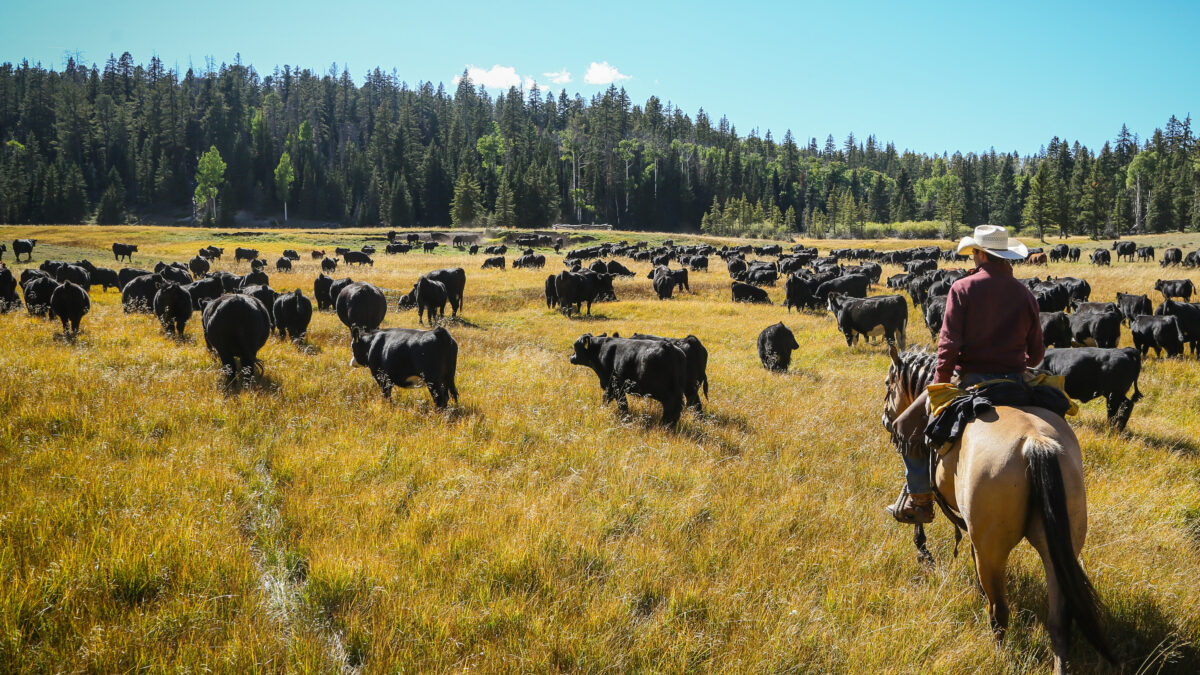Forest Service Proposal Simplifies Decision-Making
TOPICS
Land useErin Anthony
Director, Communications

photo credit: Chris Peterson, Used With Permission
Erin Anthony
Director, Communications
Proposed regulatory changes by the U.S. Forest Service would streamline the way the agency handles environmental analysis and decision-making. The proposal addresses many of the longstanding flaws with National Environmental Policy Act compliance and will help the agency better tackle land management activities including fire prevention and suppression, according to the American Farm Bureau Federation.
NEPA requires agencies to analyze the environmental effects of proposed actions. To comply with NEPA rules, agencies prepare environmental impact statements or environmental assessments. While the Council on Environmental Quality says an EIS should be less than 150 pages, the average Forest Service EIS runs several hundred pages, with the associated documentation pushing the page total into the thousands. Not surprisingly, an EIS takes significant time to prepare, with the average time required rising from 817 days to more than 1,300.
One of the reasons the NEPA compliance process is far too drawn out by the Forest Service is the agency’s tendency to duplicate analysis done in the forest planning stage during the site-specific implementation stage, AFBF pointed out in comments on the Forest Service’s proposed changes.
The agency’s plan to allow Forest Service officials to accept previously performed NEPA analysis “is a common-sense addition that is similar to what other federal agencies do,” AFBF said. “This will help alleviate much of the unnecessary duplicative analysis that consumes so much [of the agency staff’s] time and attention.”
Farm Bureau supports the Forest Service’s plans to remove “sensitive species” from the extraordinary circumstances evaluation with the understanding that all land management plans provide for the diversity of the plants and animals in the plan area. “By moving away from the emphasis on sensitive species, the Forest Service is also acknowledging the role that state agencies have in management of wildlife,” the organization added.
The use of categorical exclusions helps the Forest Service approve prudent and responsible practices in a more streamlined manner, according to Farm Bureau, and they should be used to the fullest extent to maintain and/or enhance the statutory mandate of multiple use. However, Farm Bureau opposes the use of CEs to restrict access or diminish resource use.
CEs could be particularly helpful to facilitate the use of livestock grazing to prevent wildfires. Also on the topic of livestock grazing, when considering grazing in management decisions and environmental analysis, the Forest Service should cooperate in a timely manner with permittees; use proven scientific analysis methods; use prior and concurrent consultations with credible third parties; and evaluate and make decisions on an allotment-by-allotment basis.
“NEPA analysis and compliance should be cost effective and recognize the appropriate role of the grazing permittee in the planning process and create standards that are attainable,” Farm Bureau said.